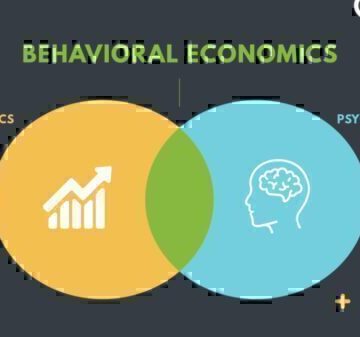For most Americans, buying a car is a major purchase. Even in a market of rapidly rising prices and low inventory on the car lots, how can you prepare to avoid any bumps in the road? You want to make sure you do your due diligence and get the best deal possible, but navigating the financing and negotiating of a car purchase can be complicated. Here are a few steps you should consider if you are shopping for a new or used car.
Step 1 – Research Options
Before setting foot in a dealership, it’s important to research the various car models and features that align with your needs and budget. Read reviews, compare specifications, and consider factors such as fuel efficiency, safety ratings, and resale value. This also empowers you to negotiate more effectively when it’s time to buy.
Step 2 – Find Financing
Once you know what you are looking for, think about if you would like to buy new or used, or whether you want to buy or lease. What financing options are realistic for you based on your income and credit?
Don’t borrow more money than you are comfortably able to repay. Your credit score will directly impact the interest rate you will pay on your loan.
For example, someone with a FICO score in the high 700s is likely to be offered a loan for a lower interest rate than someone with a credit score in the high 600s (this individual will likely have a higher monthly payment even thought the loan amount is the same.)
Use this monthly loan payment calculator to determine your car loan payment.
Buying vs. Leasing
Most experts agree that the cost of buying and leasing a car is about the same for the first few years. The difference starts after the new car is paid off.
- Buying a car is typically a good option for someone who will continue to drive it several years after the loan is paid off, and/or will be driving more than 15,000 miles per year.
- Leasing a car is usually better suited for someone who wants to experience that “new car feeling” every 2-3 years and will be driving fewer miles; above-average mileage can result in additional usage fees that add up quickly.
Monthly payments and depreciation are also considerations when deciding between buying and leasing a car.
Buying a Used Car vs. New Car
If you’ve decided to buy, you also need to consider whether you will be purchasing a new or used car:
- Buying a new car gives you the ability to pick and choose exactly what you want. You will have the peace of mind of knowing that no one has driven the car before you and that the car is covered by a new car warranty. However, new cars are more expensive than used cars and quickly depreciate in value.
- Buying a used car is less expensive and will depreciate slower than a new car. The downside is that used cars are an unknown quantity and will likely require more frequent maintenance and repairs.
Step 3 – Take Your Time
Now that you have a better idea of your price range, start shopping around for selection and dealer incentives for your particular car choices. Do not rush out and buy the first car you see on an impulse. It’s better to exercise some patience and be sure about your choice.
Be wary of any dealers that make you feel rushed into buying something. Shop online as well as in-person — this helps you compare prices for similar models. Tools like Kelley Blue Book can be helpful in determining the value of a car.
Step 4 – Negotiate
Once you have found a vehicle you are comfortable with, you may want to try and negotiate for a price that you feel is fair. You’re not obligated to accept any offer – be polite, but stand firm with what price you have predetermined from your budget. You can let the dealer know that you are shopping around with other dealers or sellers.
If you know your budget and price, you can shop around and let other sellers know what price you have been offered so they have an opportunity to beat the competitor’s price.
Another option is buying from a private seller, but understand that those transactions won’t come with any warranty or service support.
Step 5 – Take Precautions
Once you have the car chosen, take your time with all the paperwork and also make sure to test drive the car. If you are buying used, get the vehicle accident history from CARFAX and get any and all paperwork regarding the maintenance history. Also, it’s a good idea to get the vehicle inspected by a neutral third party mechanic — the cost of an inspection is well worth the comfort level knowing the vehicle is safe. Be mindful of feeling overly pressured. This is a big decision and you should proceed at your own pace.
Step 6 – Determine your Payment Amount
Getting a lower monthly payment isn’t always the best route. Sometimes a dealer will simply increase the number of months on your loan in order to lower your monthly payment, but that often means you’ll pay much more in interest over the life of the loan. Be careful about ending up in car loans that last 6, 7, or 8 years— that’s a long time to have a car payment (and it’s a lot of interest to pay). Also, be careful about additional extras like “extended warranties” the dealer may try to include at the end.
GreenPath Financial Service
GreenPath, A Financial Resource
If you’re interested in building healthy financial habits, paying down debt, or saving for what matters most, take a look at these free financial tools.
Step 7 – Consider Your Other Costs
Your total transportation expense will include the vehicle payment, as well as everything else: insurance, gasoline, oil changes, ongoing maintenance, license plate fees, and more.
Make sure you have added all potential costs into your monthly budget. Once everything looks good, you’re ready to buy your car!
By doing your research, knowing exactly how much car you can afford and by taking your time, you can turn your car buying experience into a pleasant one!










